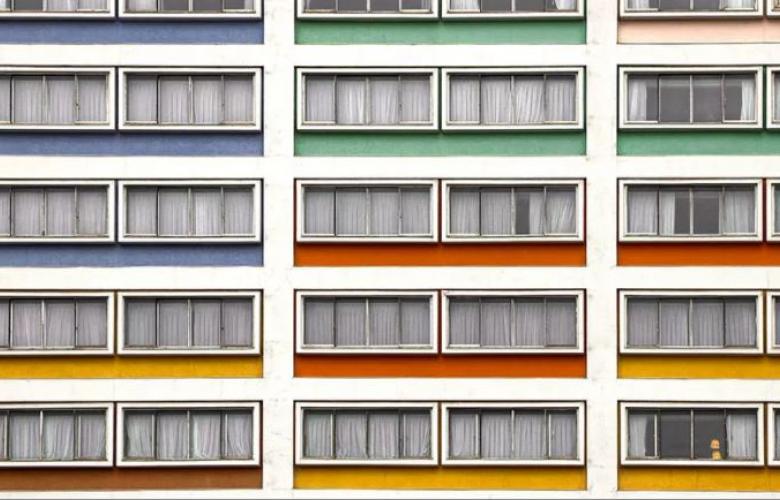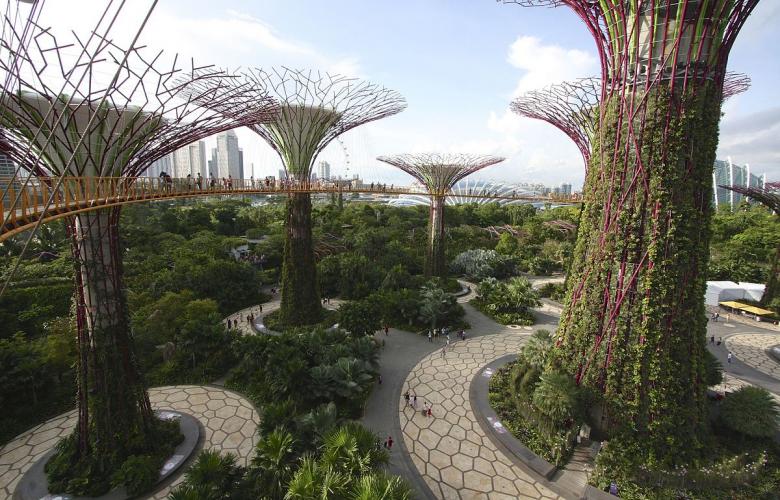Is Singapore’s residential market set for a rebound?
Contact
Is Singapore’s residential market set for a rebound?
JLL's Head of Research Tay Huey Ying explains the signs that may indicate the Singapore residential market is bottoming out.
The recent spate of high-profile land sales and enbloc deals in Singapore has many investors speculating that the residential market might be thawing.
Three collective sales were completed within a week towards the end of May – privatised HUDC estate, Rio Casa, sold for S$575 million; the Goh & Goh Building was acquired for S$101.5 million; and Eunosville sold to MCL Land for S$765.78 million.
The Lion City saw a record winning bid of S$1 billion for a land parcel in Stirling Road last month made by China’s Nanshan Group and Logan Property. Another Chinese developer led by Singapore’s Fantasia Investment — a unit of Hong Kong-listed Chinese developer Fantasia Holdings – submitted the highest bid of S$75.8 million for a new site released by the government.
“This aggressive bidding could be a sign that the residential market is bottoming out,” says Tay Huey Ying, Head of Research at JLL Singapore, explaining that developers are feeling pressure to buy land as unsold inventories are slowly being cleared due to increased appetite from buyers.
Although month-on-month sales of new private homes were down 12.6 percent in April, they are still up a huge 107.3 percent from April 2016. “Sentiment is still positive and demand is expected to be sustained by buyer interest,” says Ong Teck Hui, from JLL’s Research team in Singapore. “Developers are also increasingly confident placing more units for sale under present conditions,’ he says.
1,616 private residential units were launched in April; the highest since May 2014.
Continuing headwinds
Despite the positive environment, larger economic forces are suggesting that a rebound in residential prices will likely be more measured.
Redundancies in Singapore hit a seven-year high in 2016 and the government has cautioned that unemployment is expected to rise this year. While the GDP growth of 2.7 percent for the first quarter is in line with projections, the Ministry of Trade and Industry warned it would be clouded by economic uncertainties in Europe and United States as well as the possibility of stricter monetary policies in China. The anticipated Fed interest rate adjustments may also affect housing prices.
“Unemployment has increased slightly to 2.3 percent but it is not severe” says Ong. “The economy is experiencing a slowdown but not a recession and the expected rise in interest rates is likely to be gradual, unlikely to adversely impact the residential market.”
Ong adds that units in the prime district offer a good opportunity for interested investors. “As the prime market has been coping with excess supply in the last few years, there are fewer new projects and the narrower supply pipeline is expected to augur well for the prime market during its recovery. The price gap between upper-end suburban and prime entry-level values has closed, making the latter an opportune buy.”
This article was first published on www.theinvestor.jll








